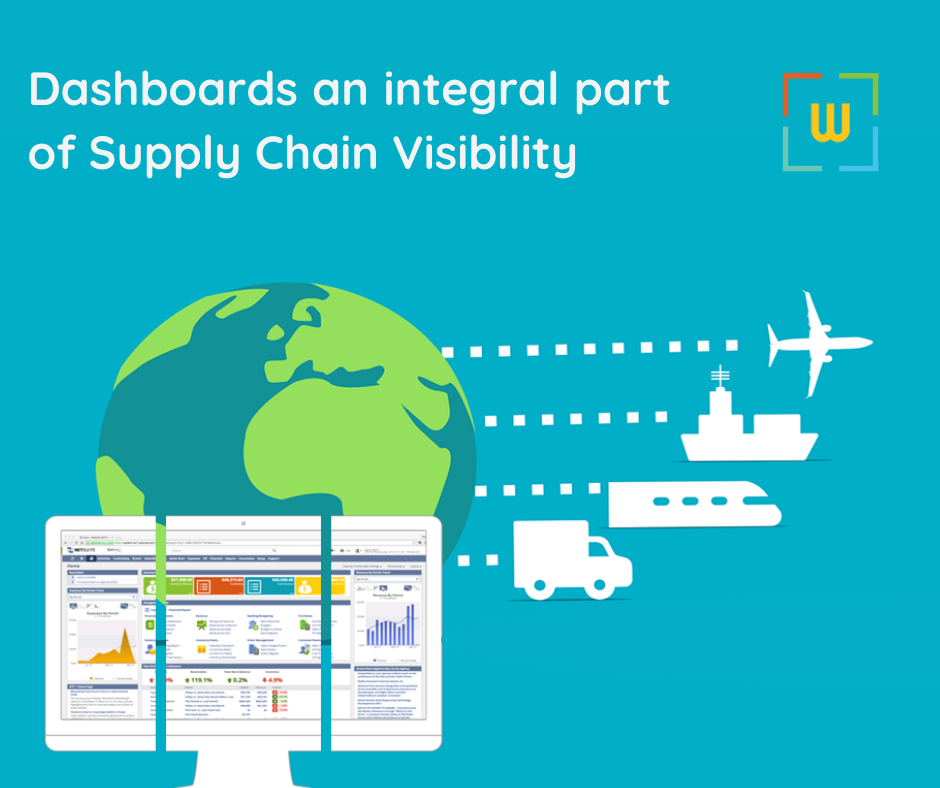In today's fast-paced business world, supply chain visibility is critical to the success of any organization. It involves the ability to track inventory, monitor production, and manage logistics in real-time. Supply chain visibility helps companies reduce costs, improve efficiency, and make informed decisions. One of the most effective tools for achieving supply chain visibility is the use of dashboards. In this blog post, we will explore the importance of dashboards in supply chain visibility and how they can be used to improve your business operations.
What is a Dashboard?
A dashboard is a visual representation of data that provides a quick overview of business operations. It allows decision-makers to monitor key performance indicators (KPIs) and identify trends and anomalies in real-time. Dashboards are designed to be user-friendly and easy to read, enabling stakeholders to make informed decisions quickly.
Dashboards are customizable, allowing companies to select the metrics that matter most to their business. These metrics can be anything from inventory levels and production rates to shipping times and delivery dates. With a dashboard, companies can track these KPIs in real-time and quickly identify areas of improvement.
Why is a Dashboard important in Supply Chain Visibility?
Supply chain visibility is crucial to the success of any organization. It involves tracking inventory levels, monitoring production, and managing logistics. A dashboard is an essential tool for achieving supply chain visibility because it provides real-time data on these key areas.
A dashboard enables decision-makers to track inventory levels, monitor production rates, and manage logistics in real-time. It provides a quick overview of business operations and allows stakeholders to make informed decisions quickly. With a dashboard, companies can identify trends and anomalies and make adjustments to improve their business operations.
Dashboards can be used to monitor performance metrics such as order fulfillment rates, shipping times, and delivery dates. These metrics are critical to supply chain visibility because they provide insight into how well a company is meeting customer demand. With a dashboard, companies can identify areas where they need to improve and make adjustments to improve customer satisfaction.
How can Dashboards improve Supply Chain Visibility?
Dashboards can improve supply chain visibility in several ways:
1. Real-time monitoring: Dashboards provide real-time data, allowing decision-makers to monitor business operations in real-time. This enables companies to respond quickly to changes in demand, adjust production schedules, and make informed decisions.
2. Customizable metrics: Dashboards are customizable, allowing companies to select the metrics that matter most to their business. This enables stakeholders to track the KPIs that are most relevant to their operations.
3. Data visualization: Dashboards use data visualization to provide a clear and concise overview of business operations. This makes it easy for stakeholders to identify trends and anomalies in real-time.
4. Improved decision-making: Dashboards enable stakeholders to make informed decisions quickly. By providing real-time data, companies can identify areas where they need to improve and make adjustments to improve business operations.
5. Increased efficiency: Dashboards enable companies to identify areas where they need to improve efficiency. By tracking KPIs such as production rates and shipping times, companies can identify areas where they need to improve and make adjustments to improve efficiency.
Dashboards are an integral part of supply chain visibility. They enable decision-makers to monitor key performance indicators in real-time, identify trends and anomalies, and make informed decisions quickly. With a dashboard, companies can improve customer satisfaction, reduce costs, and increase efficiency. Customizable metrics and data visualization make it easy for stakeholders to track the KPIs that matter most to their business. By using a dashboard, companies can improve their supply chain visibility and gain a competitive advantage in today's fast-paced business world
